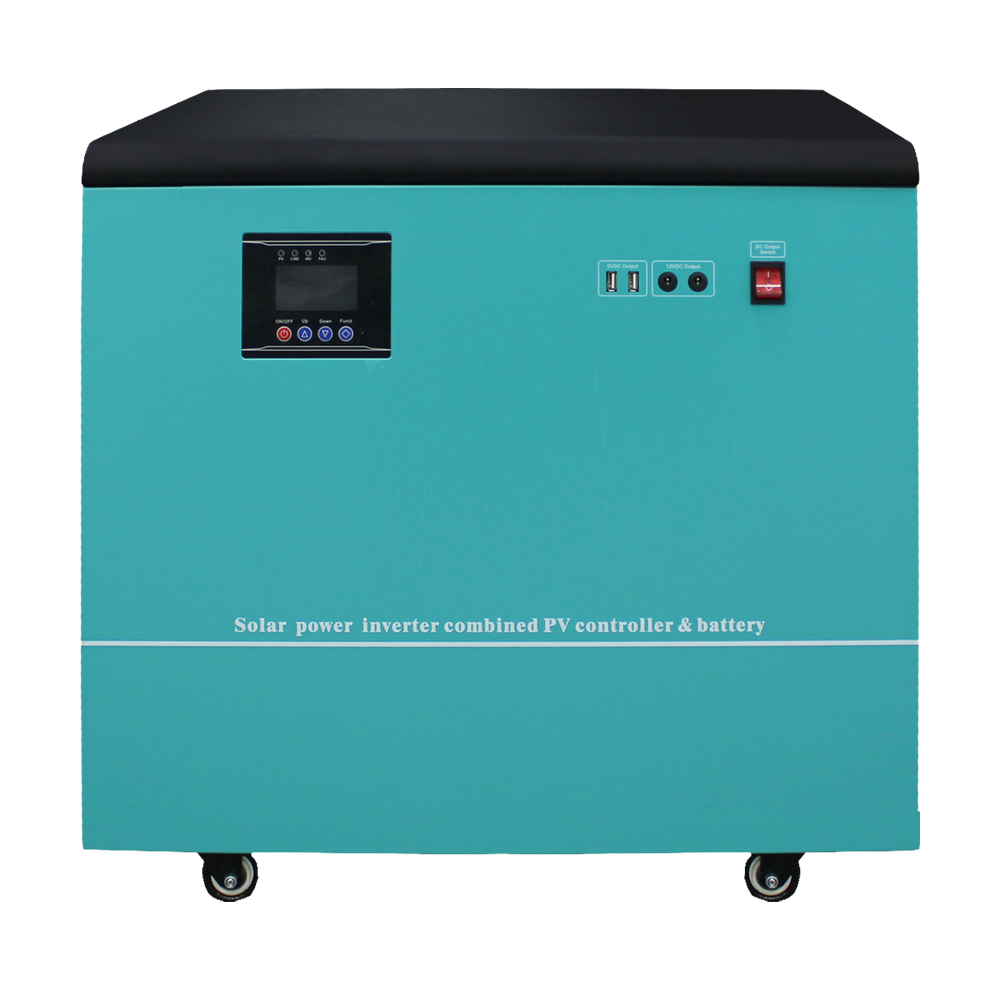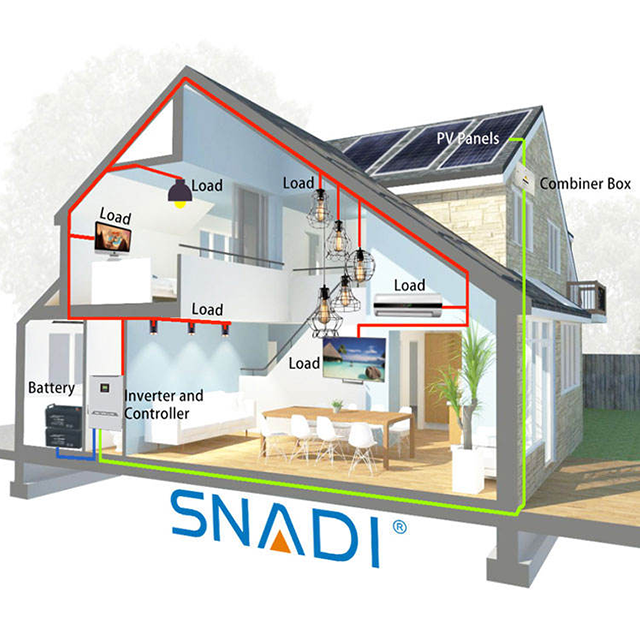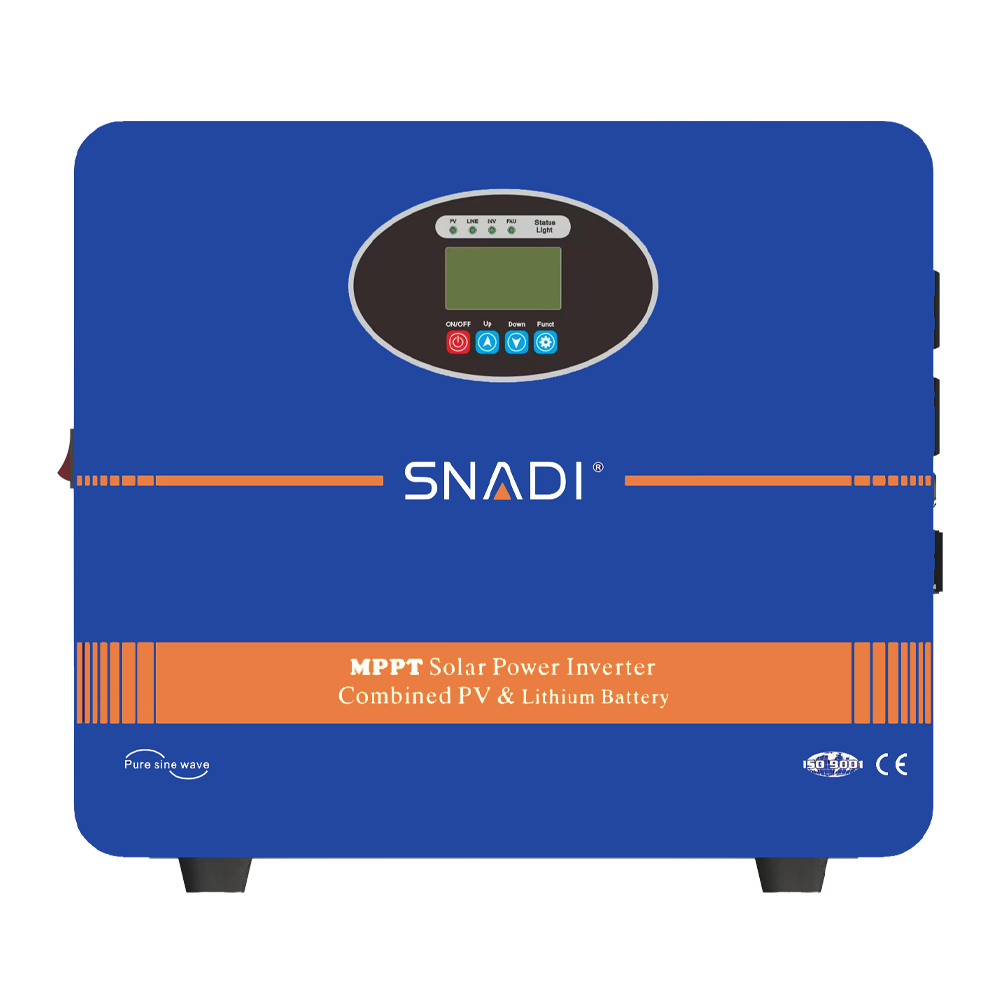Views: 78 Author: Site Editor Publish Time: 2024-09-28 Origin: Site








The growing demand for renewable energy solutions has led to the increasing popularity of solar power systems worldwide. As consumers and businesses look for sustainable energy sources, understanding the various types of solar power systems becomes essential. This article is designed to explore these systems in detail, helping readers make informed decisions on the best option to suit their energy needs. Whether for home use or industrial applications, the right solar system can drastically reduce energy bills and contribute to a greener planet.
The main types of solar power systems include grid-tied, off-grid, and hybrid systems. Each type has specific advantages and disadvantages depending on the user's energy requirements and geographic location. The following sections will explain each type in detail, exploring how they work, their components, and which situations they best serve.

Grid-tied, or on-grid, solar power systems are the most common and widely used type of solar energy setup. These systems are connected directly to the public electricity grid, allowing homeowners or businesses to use solar power during the day and rely on the grid when sunlight is insufficient. A crucial feature of these systems is the solar inverter, which converts the direct current (DC) electricity generated by the solar panels into alternating current (AC) electricity that powers appliances.
One of the key advantages of grid-tied systems is net metering. This arrangement allows users to sell excess energy generated during the day back to the utility company, effectively reducing their energy bills. Since the system doesn't require home batteries for solar power storage, initial installation costs are often lower than off-grid systems.
However, grid-tied systems have a significant downside: during power outages, they stop working. This is primarily a safety feature, as sending electricity into the grid when workers may be repairing power lines can be hazardous. For users in areas with a stable electricity supply and a focus on reducing costs, grid-connected solar systems remain a top choice.
Off-grid solar power systems, as the name suggests, are not connected to the public electricity grid. These systems are entirely independent, relying on batteries to store the solar energy generated during the day for use at night or during cloudy periods. They are ideal for remote locations where grid electricity is unavailable or unreliable.
These systems consist of several components: solar panels, batteries, an inverter, and charge controllers. The solar panels capture sunlight and generate DC electricity, which is stored in batteries. The solar inverter then converts this stored DC electricity into AC electricity when needed.
While off-grid systems provide complete energy independence, they come with a higher initial cost due to the need for batteries. Additionally, users must carefully monitor their energy consumption and ensure that their battery storage is sufficient to cover periods of low sunlight. However, for those living in rural areas or looking for total independence from the grid, off-grid solar power systems offer a viable solution.

Hybrid solar power systems combine the features of both grid-tied and off-grid systems. These setups are connected to the grid but also include battery storage. This allows users to store excess energy for later use, such as during nighttime or power outages, while still taking advantage of net metering.
The versatility of hybrid systems makes them a popular choice for homeowners and businesses alike. The ability to store energy in batteries means users can reduce their reliance on the grid, potentially saving more on their energy bills. At the same time, they have the backup of the grid in case of prolonged periods of low sunlight.
However, hybrid systems come with higher installation costs due to the inclusion of batteries. These costs can be justified by the system's flexibility and reliability, especially in areas with unstable grid connections or frequent power outages. Additionally, advancements in battery technology are making these systems more efficient and cost-effective over time.
Regardless of the type, solar power systems have several key components that work together to generate and supply electricity. Understanding these components helps users better appreciate how their system functions.
Solar Panels: The most visible part of the system, solar panels capture sunlight and convert it into DC electricity.
Inverter: This crucial component converts DC electricity from the solar panels into AC electricity, which is used to power appliances.
Batteries (for Off-Grid and Hybrid Systems): Batteries store excess electricity generated by solar panels for later use.
Charge Controller (for Off-Grid Systems): This device regulates the amount of electricity sent to the batteries, preventing overcharging.
Grid Connection (for Grid-Tied and Hybrid Systems): Grid-tied systems connect to the local electricity grid, allowing for net metering and backup power.

Choosing the right solar power system depends on several factors, including energy needs, geographic location, budget, and whether the user prefers energy independence or integration with the local grid. Grid-tied systems are ideal for users in urban areas with stable power supplies and access to net metering. Off-grid systems suit those in remote areas or looking for full energy independence, while hybrid systems offer flexibility and reliability for users who want the best of both worlds.
At SNAT Solar, we offer a comprehensive range of solar power systems to meet diverse energy needs. Our solar power systems are designed to provide efficient, reliable, and sustainable energy solutions for both residential and commercial use. With advanced technology and superior quality components, SNAT Solar ensures that you can enjoy uninterrupted power, lower energy bills, and a reduced carbon footprint. Visit our website here to explore our products and find the right solar power system for your needs.
What is the difference between grid-tied and off-grid solar power systems?
Grid-tied systems are connected to the public electricity grid, while off-grid systems are entirely independent and rely on batteries for power storage.
Do hybrid solar power systems work during power outages?
Yes, hybrid systems can store excess energy in batteries, allowing them to continue functioning during power outages.
What type of solar power system is best for rural areas?
Off-grid solar power systems are best suited for rural areas where access to the public electricity grid may be limited or unavailable.



